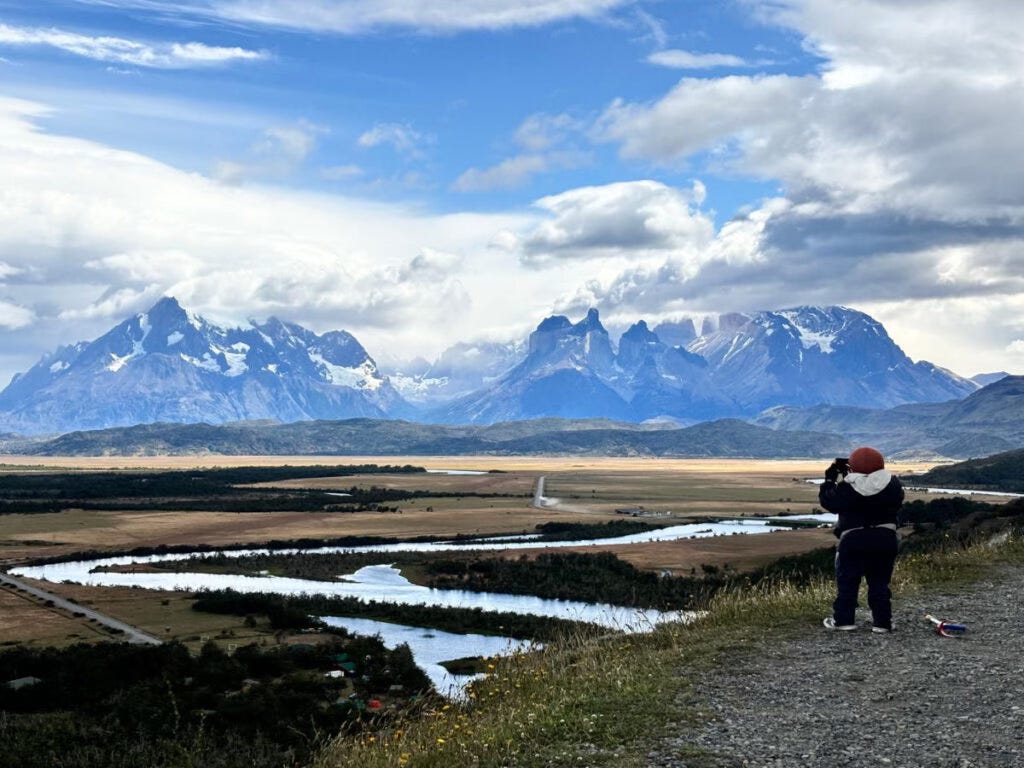South of Chile: Patagonia on Wheels
By Joan Pahisa
The Patagonia is the southernmost piece of land besides the Antartica. It’s a remote destination full of mesmerizing landscapes and vibrant wildlife, but it poses quite a lot of challenges for explorers with reduced mobility. A friend of mine and I, two manual wheelchair users with the ability to stand-up and take a few steps in a pinch, decided to give it a try. We began preparing for the trip more than six months in advance. Here’s a summary of how it went and what we learned (a more in-depth accessibility review of each of the activities can be found on the PDF linked at the end of this article).
Punta Arenas & General Considerations
The first of the two main hubs to explore the region, Punta Arenas is a windy capital with extreme weather in winter and mild to chilly temperatures in summer, when we visited. Be aware that if you go from April to October, you won’t be able to see Magellan penguins, a must while in the area. Also, the colder it gets the more difficult it is to move around because of ice and snow. In summer, streets near the city center towards the sea, although with a slight incline and the occasional rough curb-cut, are quite easy to navigate. The higher parts of the city are another story. For instance, getting to Cerro de la Cruz (a famous viewpoint overlooking it) on a wheelchair requires a very long detour and determination, due to stairs and/or crazy slopes….



